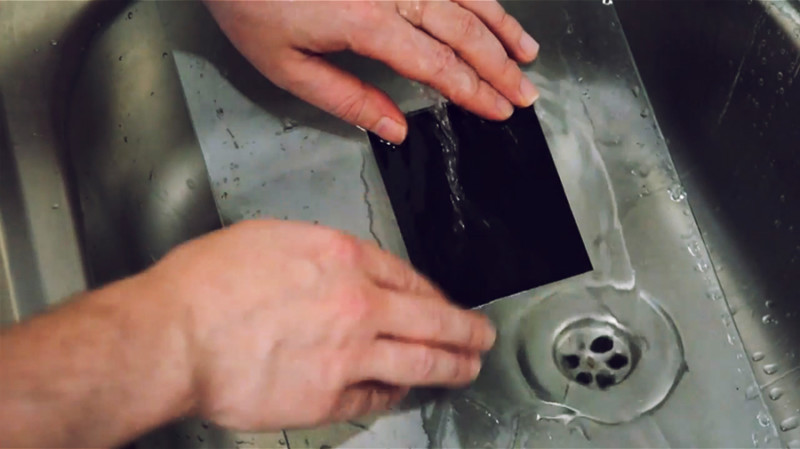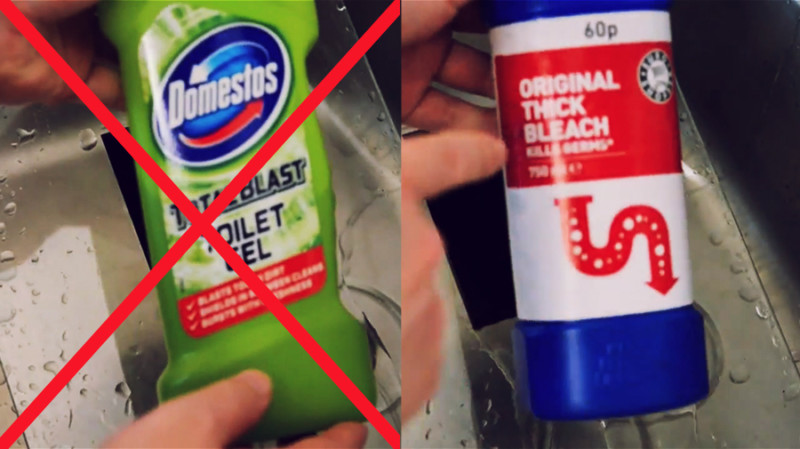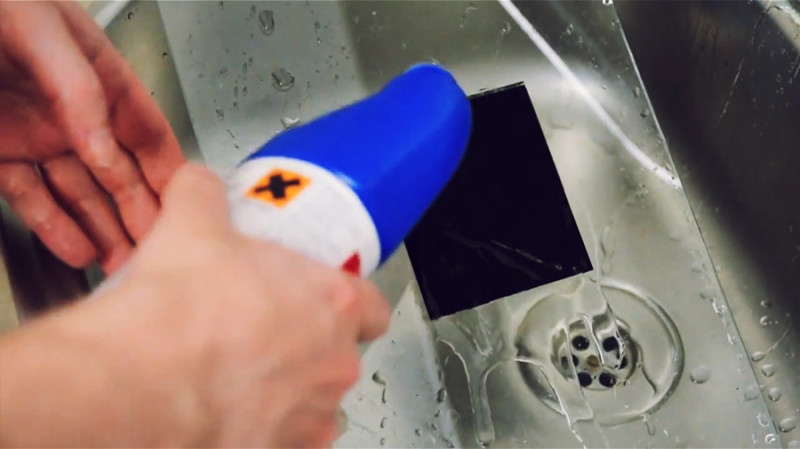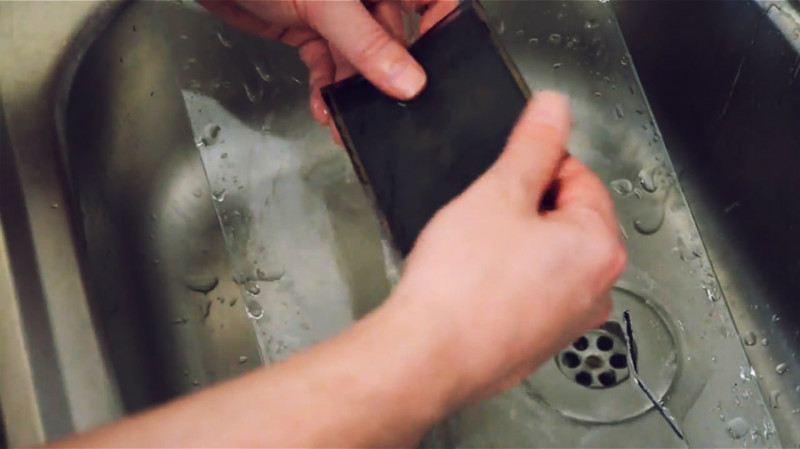How to Make a Negative from a Peel-Apart Instant Photo



Although the original Polaroid as a company is no longer manufacturing their film, their ethos and idea behind instant imaging is still very much alive and kicking.
Brands like the new Polaroid (formerly the Impossible Project) and Fujifilm are both making instant film and in recent times the whole analog market has seen a big resurgence.


The purpose of this article is to help explain some of the possibilities beyond just the instant print itself and in the following content, I will go over the simple process involved in extracting a scannable or printable negative from Fujifilm’s discontinued FP-100C peel-apart instant film.


Step 1: Peel Apart the Photo
Firstly you will obviously need to take your shot as you normally would. After the allotted time has passed proceed to peel apart the film from its backing. Be sure to place your print somewhere safe as it’s still wet from the processing chemicals. You should also place the piece that you would normally throw away somewhere safe as this section is what we extract the negative from. It is worth noting that this piece is extremely wet at this stage so be mindful not to place it chemical side down on anything porous, doing so may result in damaging the surface.


One question I have been asked several times is how long after the picture has been taken can you, or should you, extract the negative? As far as I am aware there is no minimum time and you can extract the negative straight after taking the picture if you so wish. If, however, you wanted to extract a negative from an older chemical sheet then expect there to be some slight degradation over time. I have gotten great negatives from them after a few weeks and I have even made negatives from the chemical sheets a year after taking the original shot. You may even find that you like the effect produced from leaving it for an extended period.


Step 2: Peel Apart Other Materials
Now that we have our non-print section we should go about peeling apart all of the borders and additional materials. You should end up just a single piece of very dark material. For the process, I use it is important to ensure all the borders are removed as I stick this to a piece of glass so a clean bond is essential.


Step 3: Attach to New Surface
Take a sheet of glass, any glass will do and anything from frame glass or even a mirror will be fine. The reason for this is to create a very clean bond to the chosen surface and glass ensures this. Place your future negative face down (the previously sticky side) with the black side facing up onto the glass. I usually wet the glass a little first to ensure a clean bond. Then I gently wash the whole thing in water to ensure the sheet is sealed all the way around.




Step 4: Bleach to Expose the Negative
Once that’s sealed to the glass, it’s time to add the active ingredient that actually removes the backing and exposes the negative. You’ll be pleased to hear that ingredient is simply household bleach and is readily available anywhere. One thing to note is that it does need to be regular bleach, the cheap stuff. Similar gels and other potent cleaning products don’t actually have the active ingredient of bleach so they will not work.


Step 5: Spread and Wait
Liberally spread the bleach over the back of the sheet making sure it is entirely covered. Once it has been applied you just need to leave it for several minutes to do its thing. Depending on ambient temperature, around five minutes should be about fine.


Step 6: Remove the Gunk
When you return you should now see that the bleach is doing its job and black gunk should now be forming on top of the sheet. Carefully at first, proceed to remove this gunk from the negative. You can wear gloves for this part as bleach is a strong chemical that some people can find very irritating to their skin. Continue removing the gunk until you can feel that it has been entirely removed from the negative. Below the surface should be very smooth and any remaining black gunk should be easy to feel. Add a little water to wash away some of it to check and then continue until you are certain it has all been removed.






Step 7: Remove the Negative
Once you’re happy there is no more black emulsion on that side it is now time to remove the negative from the glass and flip it over. We now have to remove the gunk from this side as well. This is the side that the original print was attached to — the chemicals are more exposed on this side, and as result, we do NOT need to use bleach on this side. Doing so would be extremely damaging and would strip the image from the negative. On this side, all we need is warm water and some gentle rubbing. After a little bit, you should feel that it has all been removed and any little pieces of border left over from before should also be removed.
Step 8: Leave it to Dry
That’s it, you’re done. I would recommend leaving this negative to dry naturally at room temperature and I would also recommend drying them standing up and leaning against something. If you lay them flat you will run the risk of the negative sticking to the surface but you will also create drying marks and streaks.
Step 9: Scan to Digitize
Once they are dried you can now scan them in and add additional effects or just go with some of the more natural effects this process produces. Have fun.


A Video Step-by-Step Tutorial
Included below is a video of the whole process from start to finish.
About the author: Jake Hicks is an editorial and fashion photographer based in Reading, UK. He specializes in keeping the skill in the camera and not just on the screen. If you’d like to learn more about his incredibly popular gelled lighting and post-pro techniques, visit this link for more info. You can find more of his work and writing on his website, Facebook, 500px, Instagram, Twitter, and Flickr. This article was also published here.